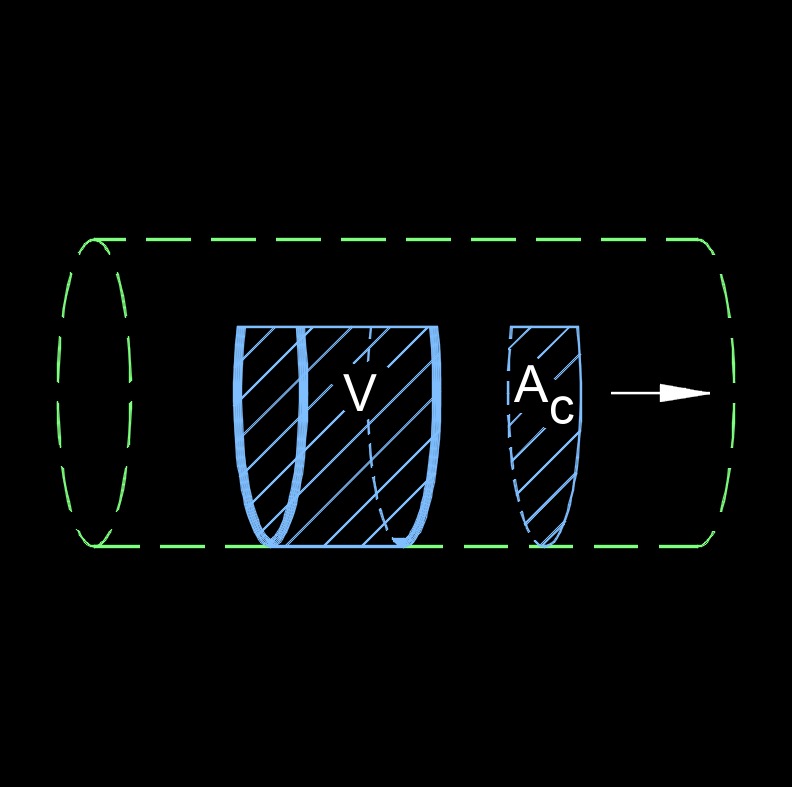Hydraulic Gradient Flow Rate
Hydraulic Gradient Flow Rate fromula |
||
|
\( Q \;=\; k \cdot i \cdot A_c \) (Hydraulic Gradient Flow Rate) \( k \;=\; \dfrac{ Q }{ i \cdot A_c }\) \( i \;=\; \dfrac{ Q }{ k \cdot A_c } \) \( A_c \;=\; \dfrac{ Q }{ k \cdot i }\) |
||
| Symbol | English | Metric |
| \( Q \) = Flow Rate | \(ft^3 \;/\; sec\) | \(m^3 \;/\; s\) |
| \( k \) = Hydraulic Conductivity | \(ft \;/\; day\) | \(m \;/\; day\) |
| \( i \) = Hydraulic Gradient | \(dimensionless\) | \(dimensionless\) |
| \( A_c \) = Flow Area Cross-section | \( in^2 \) | \( mm^2 \) |
 The hydraulic gradient is a concept used in fluid mechanics and hydrogeology to describe the slope of the water table or piezometric surface in a confined or unconfined aquifer. It represents the change in the height of the water table per unit of horizontal distance. The hydraulic gradient is a critical factor in understanding groundwater flow. It represents the potential energy of the fluid due to its elevation and pressure.
The hydraulic gradient is a concept used in fluid mechanics and hydrogeology to describe the slope of the water table or piezometric surface in a confined or unconfined aquifer. It represents the change in the height of the water table per unit of horizontal distance. The hydraulic gradient is a critical factor in understanding groundwater flow. It represents the potential energy of the fluid due to its elevation and pressure.

